- All posts
- Energy Efficiency
- Facility Management
- Handicap Accessible
- Heated Mats
- industrial
- Insurance
- Landscaping
- Liability
- Press Release
- Property Maintenance
- Shoveling
- Slip and Fall
- snow and ice management
- Snow and Ice Removal
- Snow Melting
- Snow melting mats
- Snow Removal
- Snow Removal Contractor
- winter prep
- Winter Safety
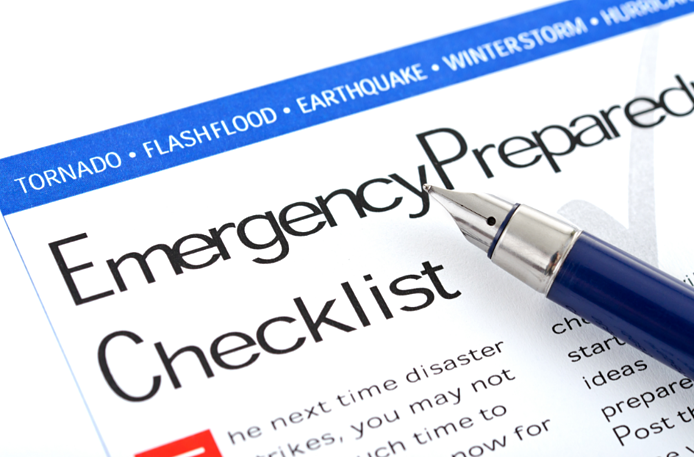
Key Steps Facility Managers Should Take for Emergency Preparedness
Emergency preparedness is a year-long concern for facility managers, but when it comes to natural disasters and other threats to the safety of your building and the people who are in it, winter is ...
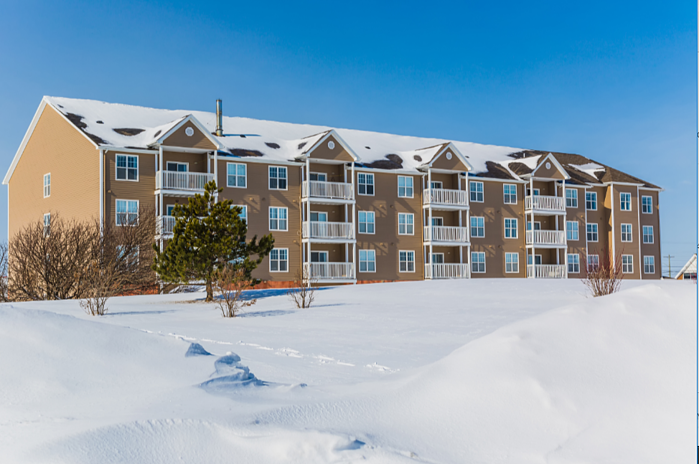
What Every Property Management Company Needs to Know for Winter
Property management companies must always be looking for ways to keep their premises safe for residents, both to prevent accidents and the lawsuits that so often follow them. They also must find th...
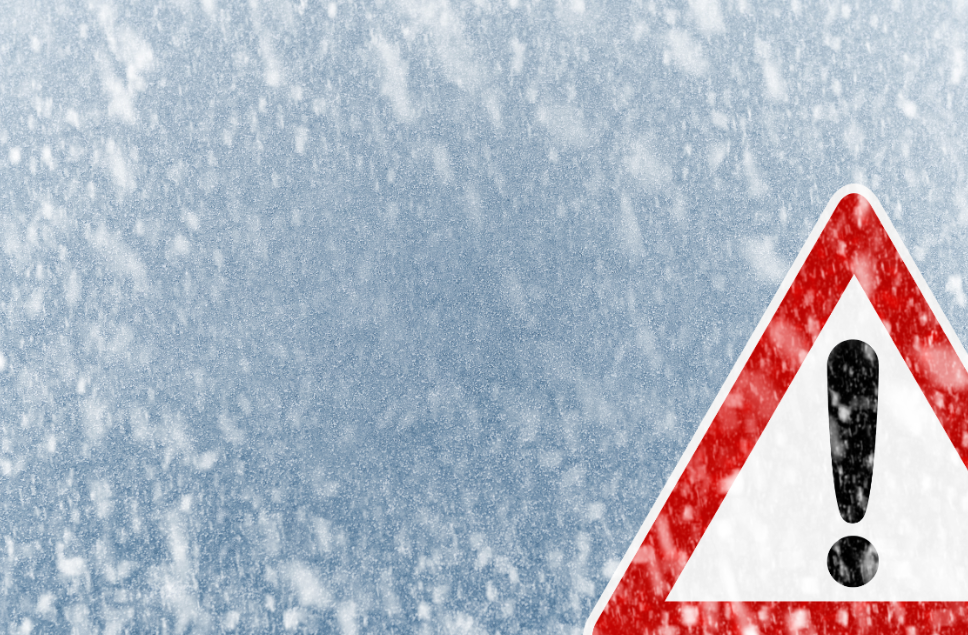
The Other Winter Concerns: What to Prepare for Besides Snow and Ice
Dealing with snow and ice removal may be the number one challenge that facility managers face every season, but there are other dangers and concerns that winter brings. Low temperatures, cold rain...

Power Problems: Electricity Concerns That Facilities Face in Winter
Facility managers may experience electrical problems at anytime throughout the year, but winter brings with it an increase in both the number and severity of power problems. During cold weather, ...
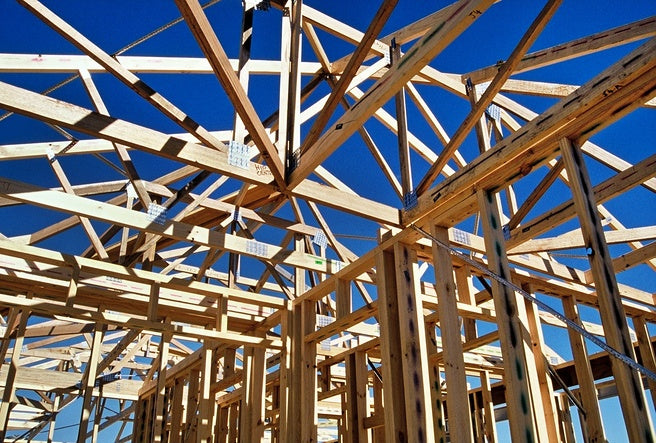
The Importance of Building Resilience To Your Facility This Winter
During the winter, day-to-day wear and tear and expected seasonal challenges like heavy snowfall on the facility roof or the effects of salt and the freeze/thaw cycle on pavements, certainly do mos...
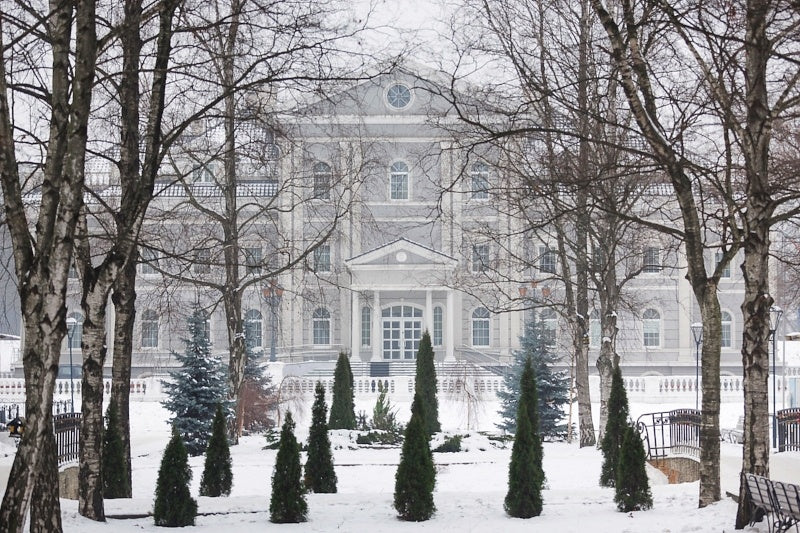
Tree and Landscaping Hazards Caused by Snow and Ice
Trees, shrubs, plants, turf, and other landscaping elements at commercial/industrial facilities routinely "take a beating" every winter as prolonged snow and ice cover, dry, dehydrating winds, and...
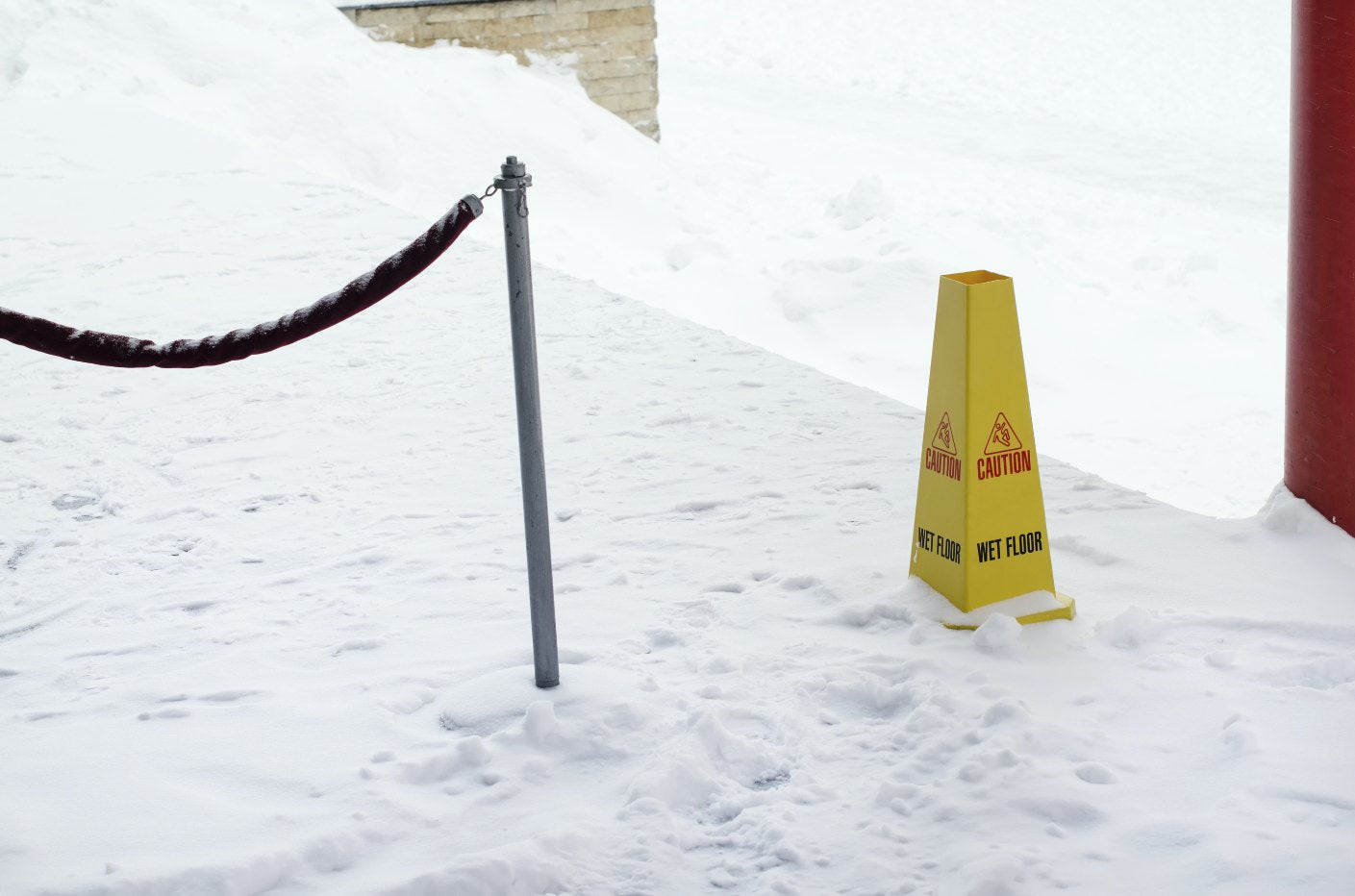
How Much Will a Slip and Fall Injury Cost You?
Facility managers are often charged with making critical decisions regarding liability protection that will affect their facilities’ bottom line. While preventative measures to guard against laws...
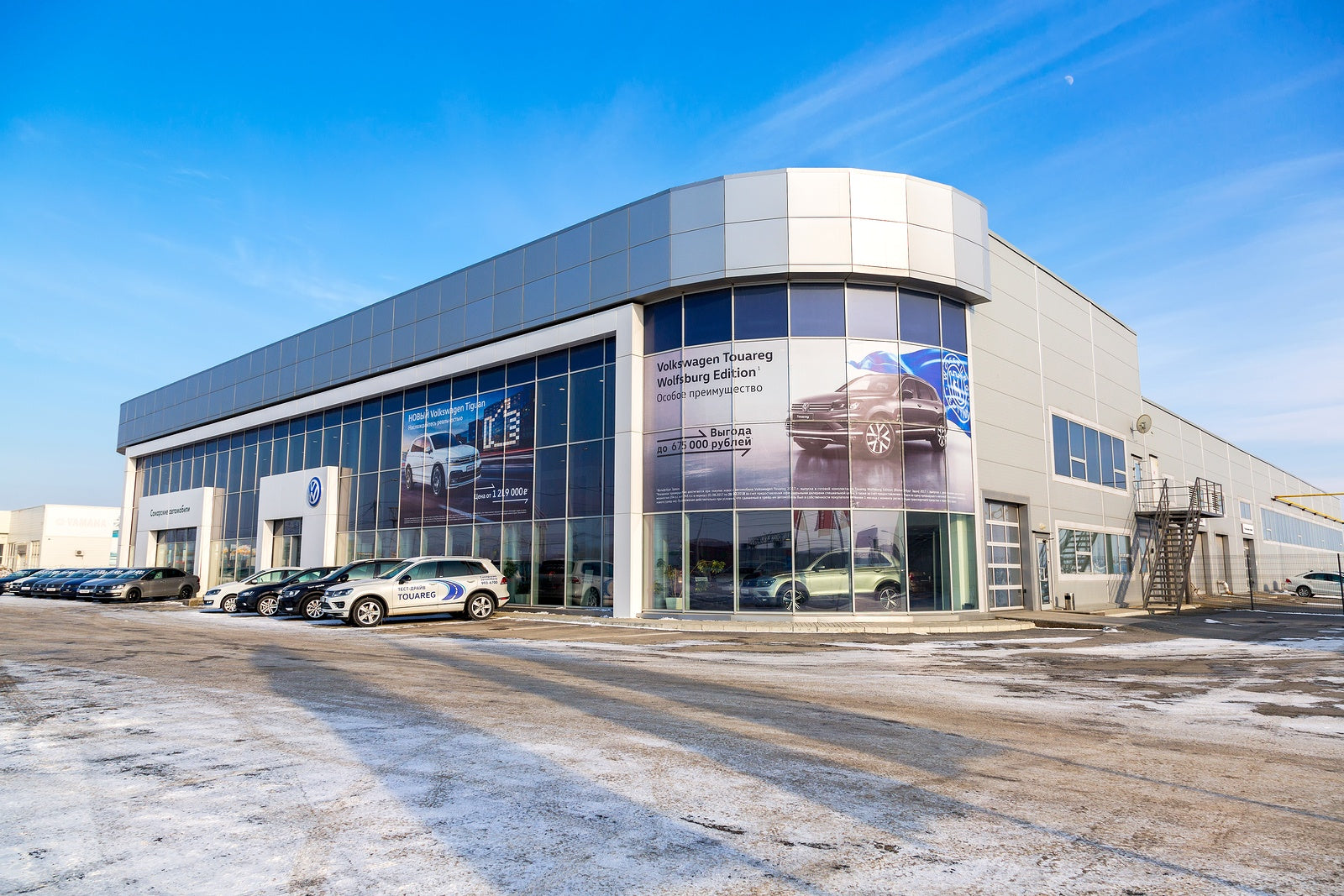
Winter Readiness: Three Things Everyone in the Building Needs to Know
Among the many duties of facility managers, keeping your building occupants safe by preparing for winter storms ranks high on the list. There is much involved in being ready for extreme winter wea...

Lexus Dealership Cuts Liability Risk and Winter Hazards with Heated Mats
Reducing winter-related slip-and-fall accidents is a serious concern at Lexus of Wayzata, MN. To meet the challenge of outdoor safety, the facilities maintenance team at this suburban Minneapolis a...
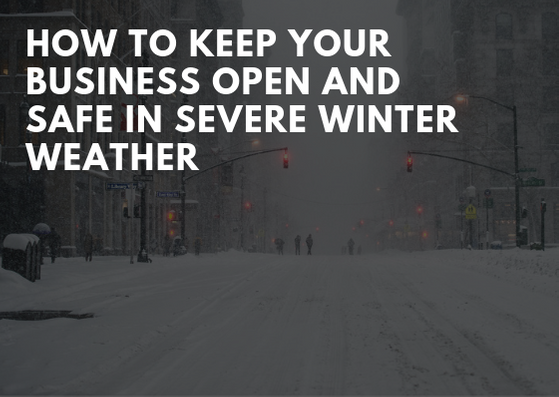
How to Keep Your Business Open and Safe in Severe Winter Weather
Depending upon the region, severe winter weather conditions are an inevitability to which some facilities and business entities are able to respond by temporarily shutting down. However, for many b...
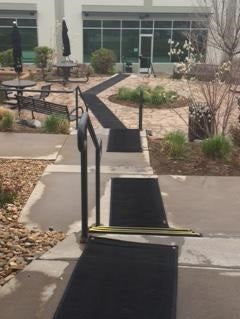
See How David at Cochlear America Preps for Winter
Company Name: Cochlear America Location: Centennial, CO Average Annual Snowfall: 58 Inches At Cochlear America they've taken the safety precaution of laying the ground, entrance-ways, an...
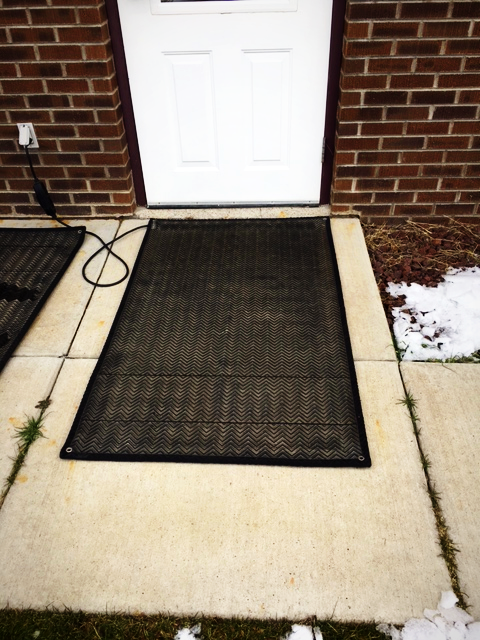
A 911 Call Taking Facility Keeps Their Walkways Free of Snow & Ice!
Company Name: Garfield County Emergency Communications Authority Location: Garfield County, Colorado Average Annual Snowfall: 66 inches Pat is a technology manager at Garfield County Emerge...
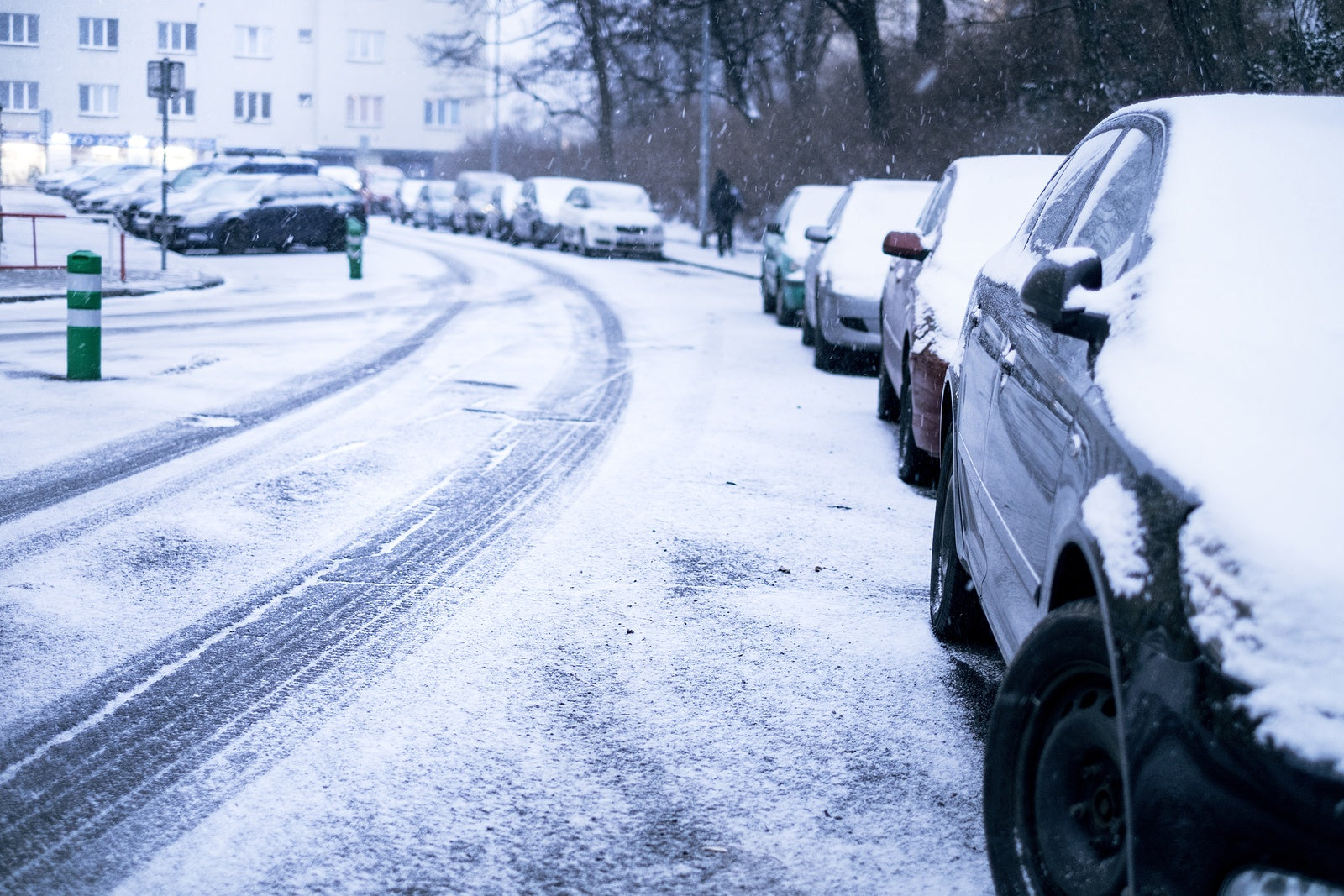
Six Must-Haves Your Employees Need in Their Cars This Winter
Keeping your employees safe ought to be one of your top priorities during extreme weather. Some key dangers to employee health include frostbite, falls, and vehicular accidents. Being appropriately...